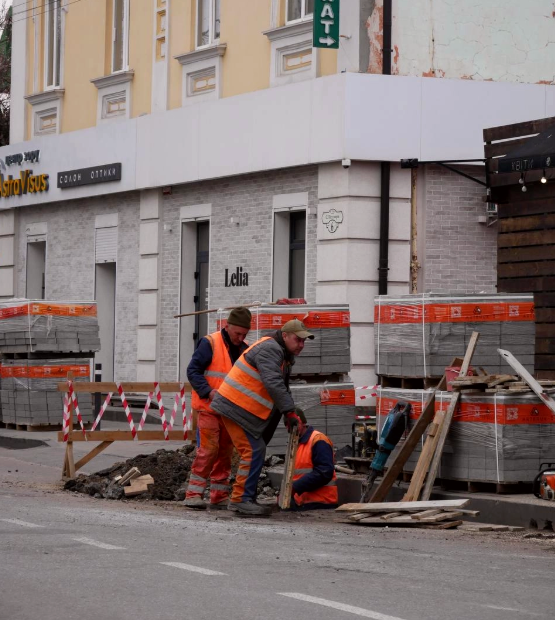In Rivne, a new inclusive route of nearly 8 km is set to be developed.
This route will serve as a model for creating an «inclusive city» fully adapted to the needs of seriously injured veterans and people with mobility challenges.
Plans for the Inclusive Route in Rivne
The route will connect all major locations: the Administrative Services Center with its essential services, the Regional State Administration, a business co-working space for veterans, and the central Simona Petlyury street, a hub for leisure in Rivne.
These changes are part of the Inclusivity Route project aimed at transforming major cities in Ukraine into inclusive and people-centered living spaces.
According to official statistics, there are nearly 100,000 prosthetic military personnel currently in Ukraine.
The project was initiated by Mykyta Pliasov, head of the charity fund «Ship of Help».
«This initiative marks a breakthrough! For the first time in Ukraine, a private fund is investing in urban infrastructure to create a cutting-edge inclusive space that meets EU standards. Rivne is the first step in the Inclusivity Route project. If successful, we plan to scale this across Ukraine – cities like «Equal Odesa», «Equal Dnipro», «Equal Kharkiv», and others will follow,» said Mykyta Pliasov.
On March 18, the «Ship of Help» charity signed a memorandum with the Rivne city authorities to secure 8 million UAH for the project. The completion and inauguration of the route are scheduled for the end of May.
What the Inclusive Route Entails
Specific improvements planned for the Rivne route include:
- expansion of pedestrian zones,
- lowering curbs,
- installation of tactile paving,
- construction of raised pedestrian crossings,
- replacement of road surfaces to meet modern accessibility standards,
- installation of parking bollards and manhole covers.
An important note: new trees will be planted along the entire route, even in areas where they were previously absent.
The project will be executed in two phases. The first 4 km funded by the charity will be completed within two months and launched in May. The remaining 4 km will follow later, planned for late summer to early autumn.
«An interesting fact: urban planners drew inspiration for the inclusive route from similar projects in Denmark, Switzerland, and the Netherlands,» added Mykyta Pliasov.
One of the notable features will be an informational tactile terminal – a modern digital device designed to enhance information accessibility for individuals with disabilities.
This terminal will be a part of the digital transformation of the urban space.
